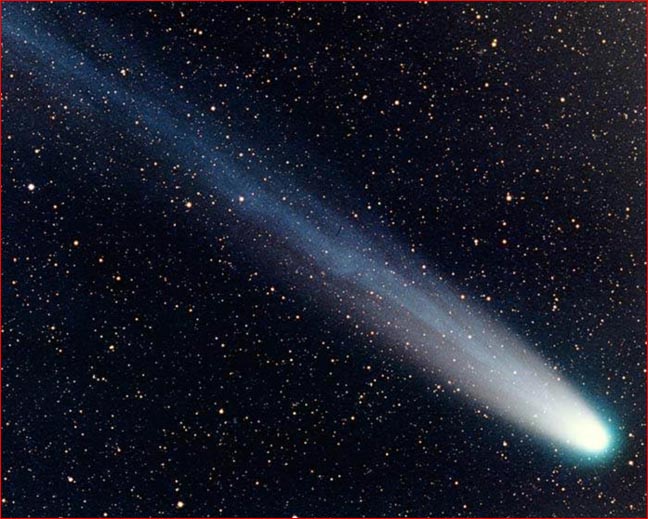The Bone Factory: India's Underground Trade in Human Remains
It is pitch black and raining when I first meet Manoj Pal: a man who makes his living defleshing rotting cadavers. I am a hundred kilometers outside of Calcutta in a small village called Purbasthali where police confiscated more than 100 bright white human skeletons. The bones they found were on their way along a two hundred year old pipeline for human remains. The smugglers route begins on the banks of Indian rivers and ends in the sacred halls of medicine in Western
 countries. The skeletons Pal prepared could have fetch as much as $70,000 on the black market.
countries. The skeletons Pal prepared could have fetch as much as $70,000 on the black market.Manoj Pal is grunt labor for the industry. As part of the dom, or grave tending, caste his job is the most grim. Day and night he recovers bodies from a nearby cremation ghat. He binds the corpses in mosquito netting and soaks them in the river for a week. When the bodies are waterlogged and mostly consumed by fish and stray dogs he scrubs off the remaining flesh, dumps the bodies in a boiling solution of caustic chemicals and lets them dry in the sun.
Before he was arrested Pal's boss, Mukthi Biswas would sell bones to a medical supply company in Calcutta called Young Brothers for a few thousand rupees. From there the bones were wired together into free hanging skeletons and sold both domestically and abroad.
I spent three months piecing together the path that human bones take from Calcutta to the Western world for WIRED magazine. I found suppliers and buyers in well respected companies and universities across the United States. When I brought this to the attention of police in Calcutta they told me that they do not view grave robing as a serious crime. On the rare occasions that the police catch a grave robber, they mostly just let them off with a slap on the wrist.
But it couldn't last forever. In 1985 rumors began to surface that the bone dealers had run out of skeletons in Calcutta's graveyards and were killing children for their skeletons. Child skeletons are rarer than
 adult skeletons and fetched a higher price on the market. A man was arrested for exporting more than 1,500 child skeletons. A member of the legislature accused him of murder and put the nail in the coffin for the legal industry. By 1986 exports had all but stopped. The 13 original bone exporters all seemingly shut their doors. Medical schools in the West began relying on model skeletons for their anatomy instruction needs.
adult skeletons and fetched a higher price on the market. A man was arrested for exporting more than 1,500 child skeletons. A member of the legislature accused him of murder and put the nail in the coffin for the legal industry. By 1986 exports had all but stopped. The 13 original bone exporters all seemingly shut their doors. Medical schools in the West began relying on model skeletons for their anatomy instruction needs.What no one knew was that at least one company was still exporting human bones. They had rekindled factories across West Bengal and had clients all over the world.
The most active bone exporter is Young Brothers. It's a medical supply company that sits between one of Calcutta's most active morgues and its largest cemetery. In 2001 neighbors complained that the warehouse stank like the dead. Some people reported seeing bones drying on the roof. When the health department chief Javed Ahmed Khan heard the reports he raided the facility and found bones boiling away in cauldrons and export invoices for orders all over the world. It was proof that the business was violating the export ban. But when Khan took the case to the police the owner of Young Brothers, Vinesh Aron, only spent one night in jail. The case was thrown own over a jurisdictional dispute and the business given a subtle nod that it could continue.
Since then Young Brothers has been more discreet about its business affairs, but it hasn't exactly shuttered his doors. In October I met Aron's in law in yet another medical supply company in Chennai. He told me that Vinesh Aron is the only man in the family with "guts". To prove it he pulled a fetal skull off the shelf and offered to sell it to me for $400.
In the meanwhile bones are still being smuggled though illegal channels in Singapore and Paris. I found a reseller in Canada who says that he still sells Indian bones across North America.
For more about the global trade in human bones check out this month's issue of WIRED magazine in a story called "Inside India's Underground Trade in Human Remains". I have also produced a shorter radio segment for NPR titled "Into the Heart of India's Underground Bone Trade".
For more photos of the bone cache check out these two galleries: mine and NPR's
Labels: Bone Factory, Bones, crime, NPR, organ donation, Wired










